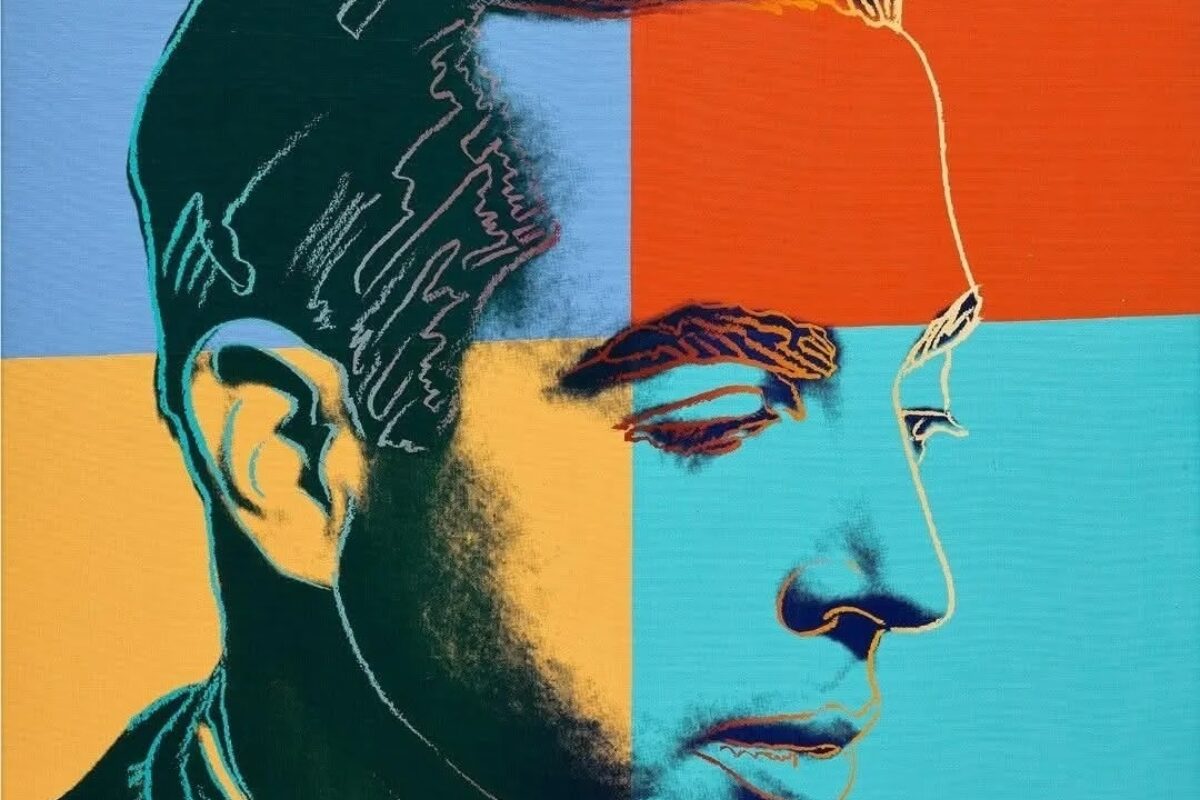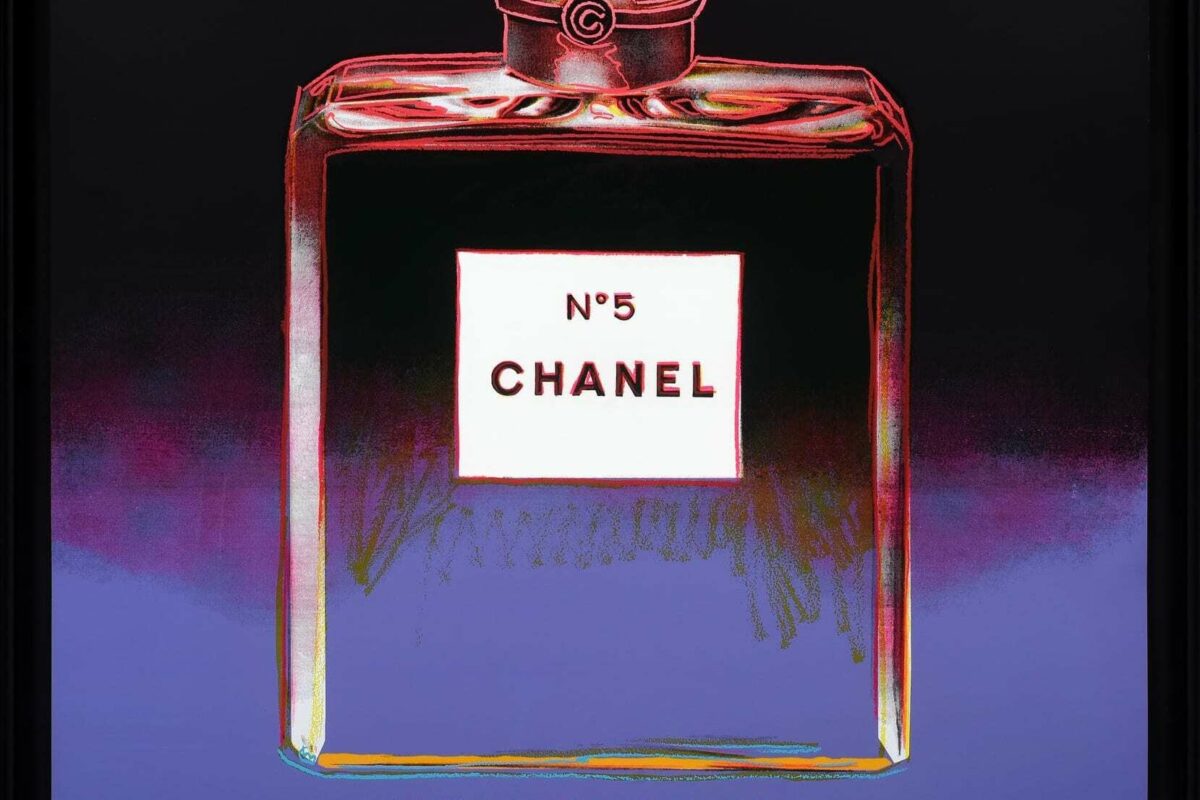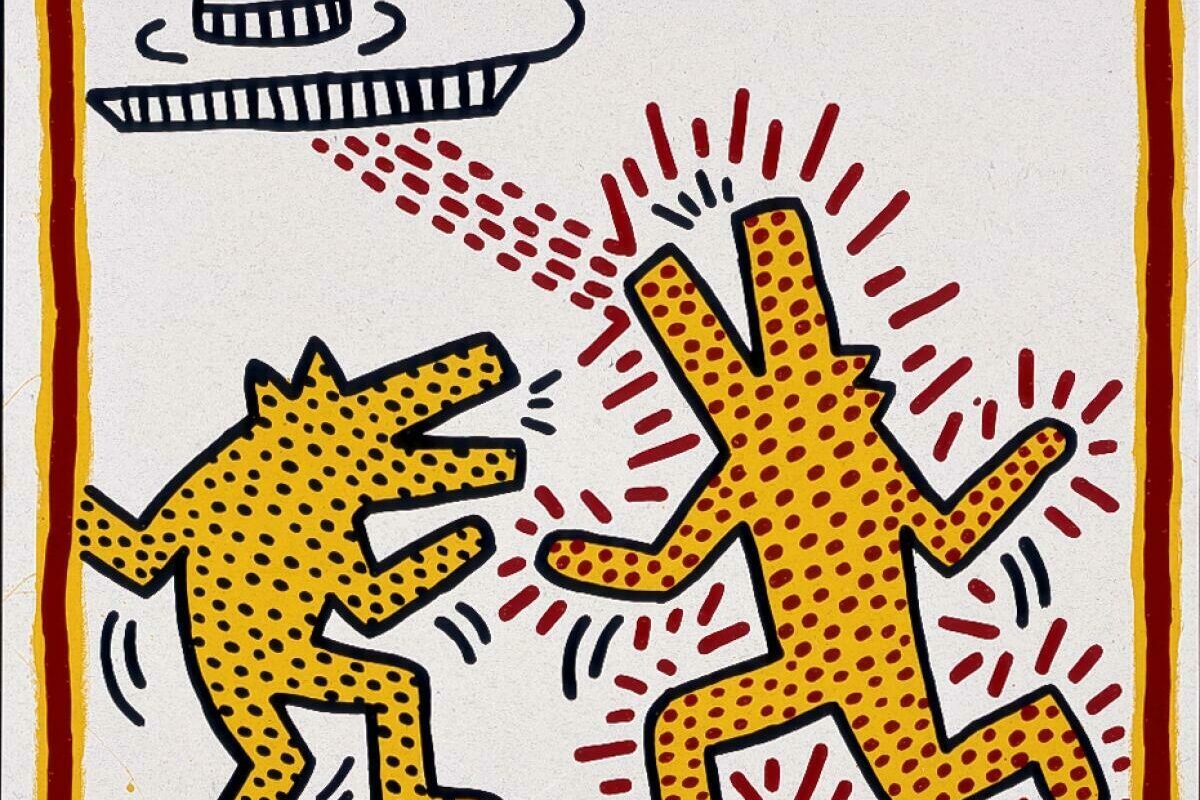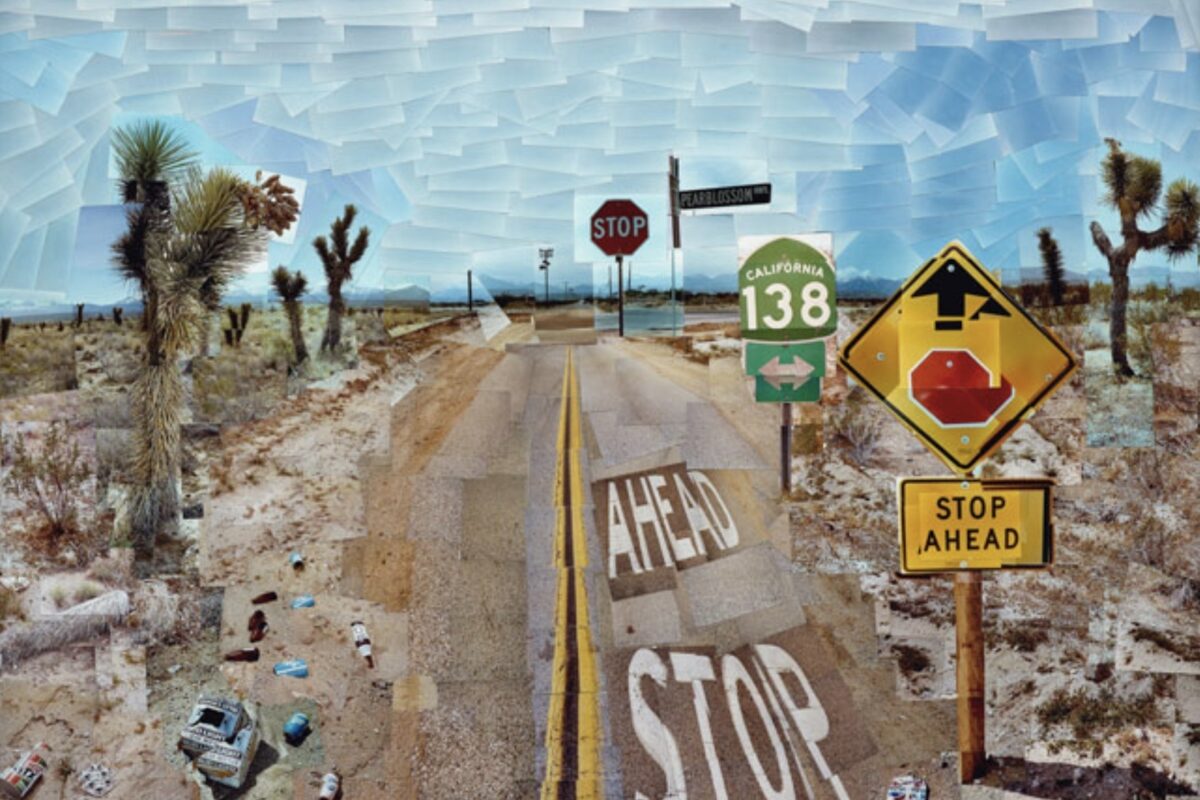Andy Warhol’s exploration of consumerism is vividly expressed in his series focused on everyday objects like Campbell’s Soup Cans, Coca-Cola Bottles, and Brillo Boxes, where he reimagined mundane consumer goods as art. These works exemplify Warhol’s fascination with mass production, advertising, and the pervasive culture of consumption in mid-20th-century America.
The “Campbell’s Soup Cans” series (1962) is one of Warhol’s most iconic works. Featuring 32 canvases, each depicting a different soup flavour, the series mimics supermarket shelves, emphasising the uniformity and omnipresence of consumer goods. By presenting a humble product as high art, Warhol questioned traditional artistic hierarchies and celebrated the everyday.
Similarly, the “Coca-Cola Bottles” series (1962) highlights the democratic nature of consumerism. Warhol famously stated that "a Coke is a Coke," enjoyed by everyone from celebrities to factory workers, underscoring the universal appeal of branded products. Through his repeated, silkscreened images of Coke bottles, Warhol reinforced the product's iconic status.
The “Brillo Boxes” series (1964) further blurred the lines between art and commerce. Warhol replicated the packaging of Brillo soap pads using wooden boxes, stacking them like products in a store. This installation challenged notions of originality and authenticity in art, transforming mundane packaging into sculptural works.
These series collectively encapsulate Warhol’s innovative approach to art, transforming consumer goods into cultural icons and offering a sharp commentary on the commodification of everyday life.





















